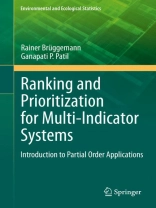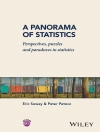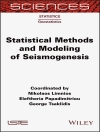This book provides axioms of partial order and some basic material, for example consequences of “criss-crossing” of data profiles, the role of aggregations of the indicators and the powerful method of formal concept analysis. The interested reader will learn how to apply fuzzy methods in partial order analysis and what ‘antagonistic indicator’ means.
Tabella dei contenuti
Preface.- Why Prioritization, Why Ranking.- Partial Order and Hasse Diagrams.- Simple Combinatorial Structures.- Sensitivity and Ambiguity.- Structures of Partial Orders.- Hasse Diagrams Based on Transformed Data Matrices.- Reducing the Number of Incomparabilities.- Formal Concept Analysis.- Methods to Obtain Linear or Weak Orders by Means of Partial Order.- Comparison of Partial, Linear and Weak Orders.- Illustrative Case Studies.- Case Studies: Child Development (Sociology).- Case Study: Stream Channel Stability Infrastructure at Bridge Crossings (Engineering Sciences).- Case Study: Watersheds Analysis (Hydrology).- Case Study: Environmental Performance Index (EPI) (Human and Environmental Health).- Partial Order and Related Disciplines.- Partial Order and Software.- Ranking and Prioritization with Partial Order for Multi-Indicator Systems – An Integrative View with a Look Forward.- Appendix.- Index.












